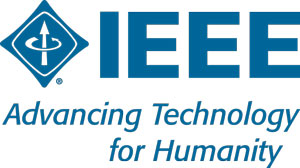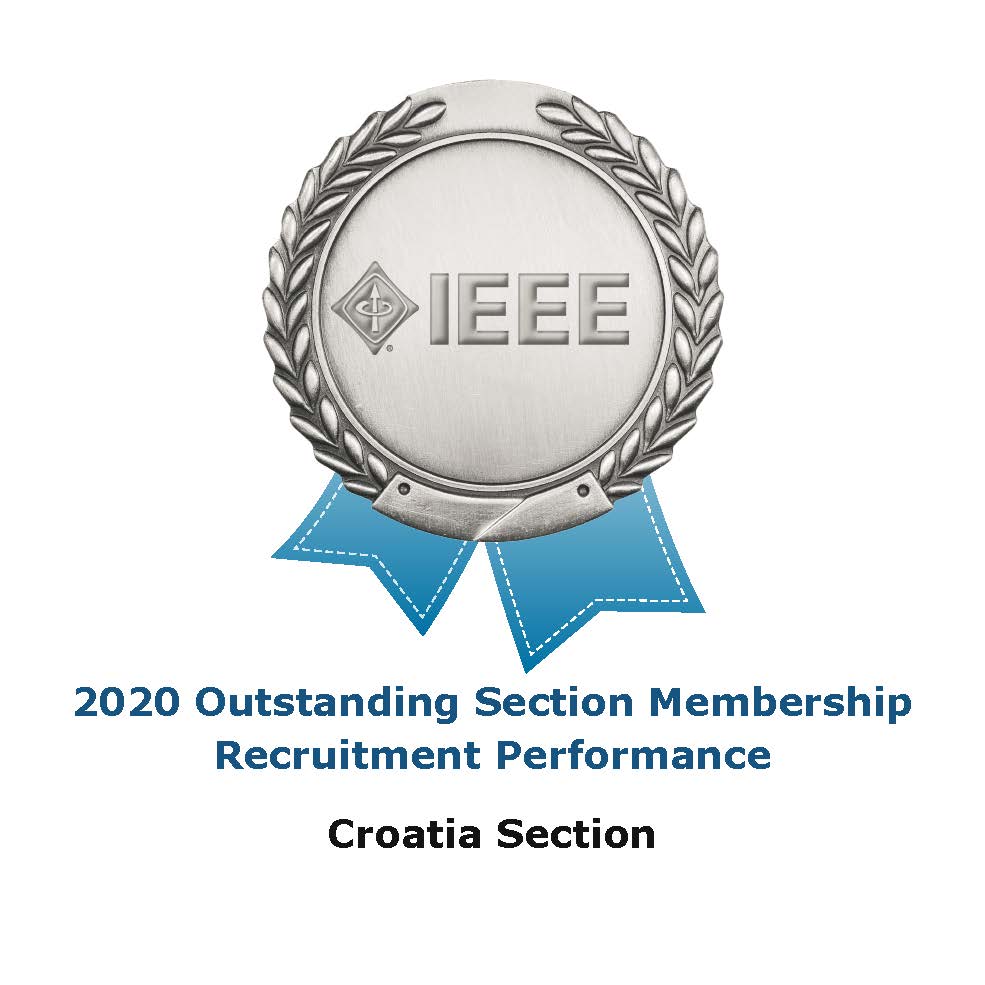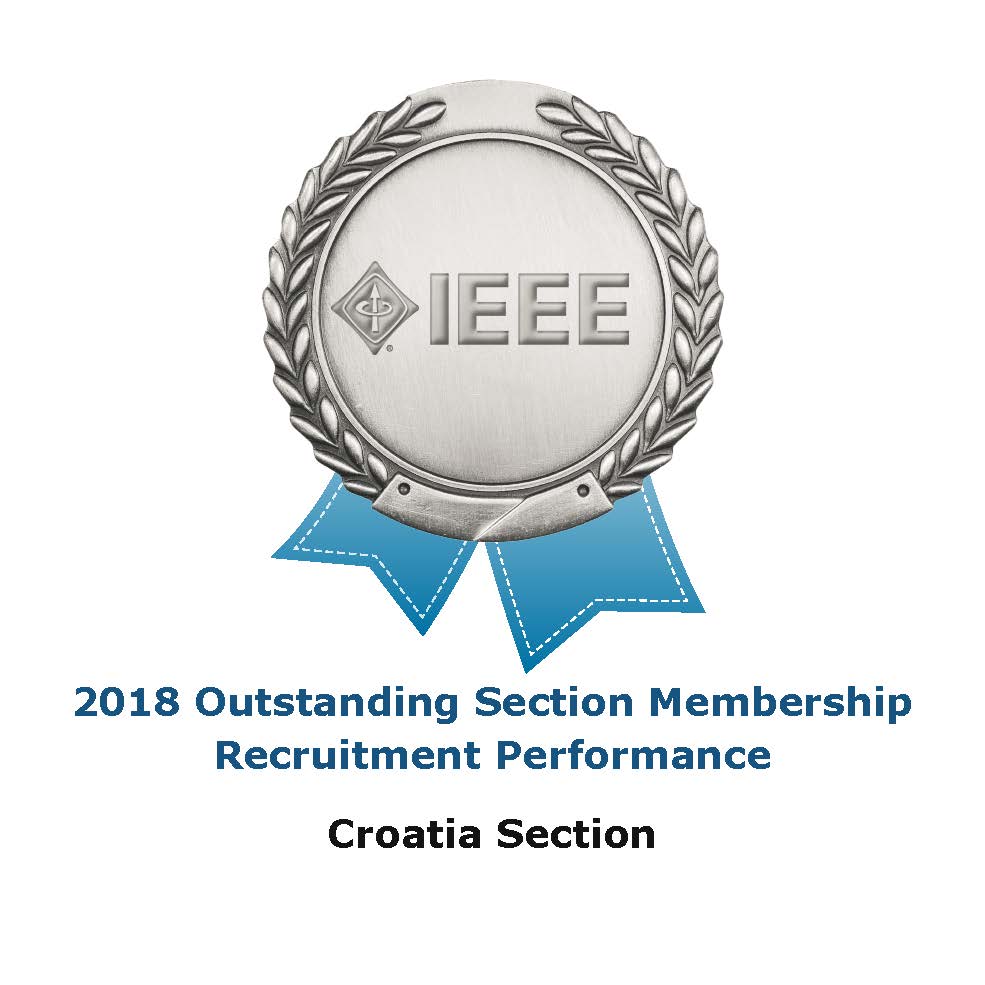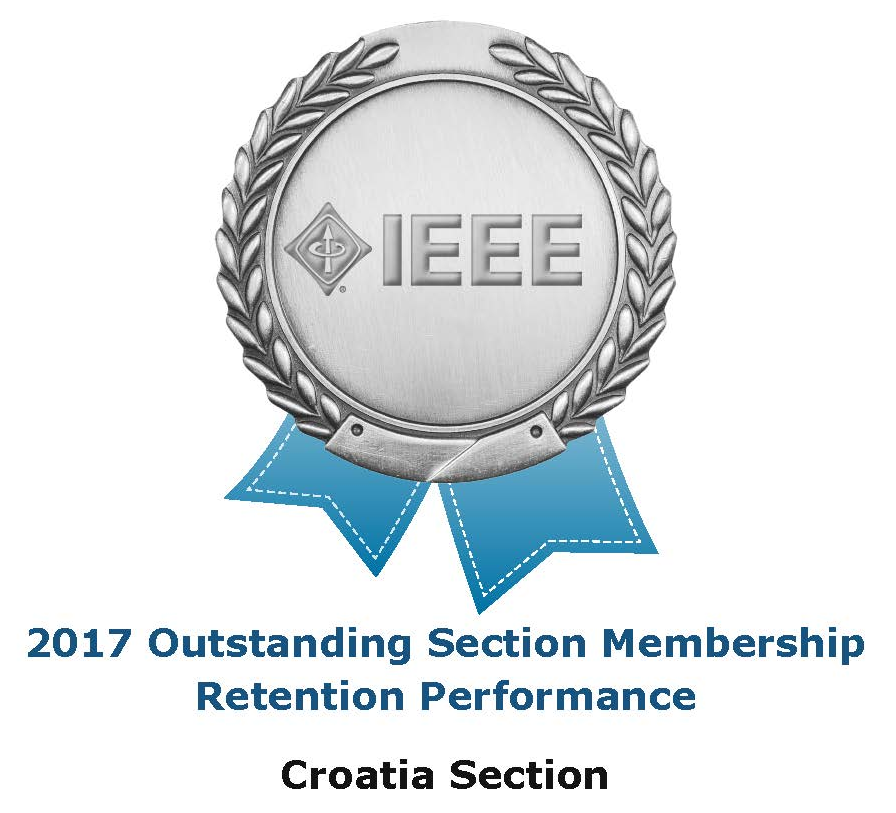Hrvatska sekcija IEEE i Zajednički odjel za elektroničke elemente i poluvodičke integrirane sklopove pozivaju sve zainteresirane na predavanje:
Towards THz Frequencies by Nanoelectronics Research
koje će održati profesor Mikael Östling, Dekan, School of Information and Communication Technology, KTH – Royal Institute of Technology, Kista, Sweden,
u srijedu, 2. srpnja 2008. u 15:30 sati u Sivoj vijećnici FER-a
Sažetak predavanja i kratku biografiju predavača pročitajte u nastavku obavijesti.
Towards THz Frequencies by Nanoelectronics Research
Abstract:
Since the introduction of SiGe alloying technology at the end of the 1980s, the rapid pace of ever
increasing cut-off frequencies (fT) in silicon heterojunction bipolar transistors (HBT) have seen an almost unbroken improvement of nearly two orders of magnitude. Today’s state of the art fT performance is shown to be around 0.5 THz. The fundamental explanation to the remarkable development in performance is the fine tuning of materials composition and geometrical precision in the silicon fabrication technology. The dominating silicon electronics technology today is based on MOSFET devices, with even better scaling potential than the HBTs. Even if nano-MOSFETs today mostly are used for logics and mixed-mode applications there is also a great potential use of these transistors for future THz applications. The most recent reports on high frequency performance in MOSFETs show cut-off frequencies in the 0.4 THz region and still small noise figures of 1.5 dB at 30 GHz. Research reports are now also re-evaluating the major arguments for the perceived III-V technology advantage over silicon technology; since the dominating limitation in ultra-high frequency devices is not dictated by maximum mobility and low effective mass of charge carriers but more controlled by a high charge density in the channel region and the ability to design very thin barriers between the gate and the channel. Finally, the excellent control of short channel effects in Si-MOSFETs is a further advantage in achieving the ultimate high cut-off frequencies. In this presentation enabling manufacturing technology for these THz capable devices will be presented. We will especially focus on the fabrication of silicon nano-wires, suitable for 10 nm gate length MOS devices.
An illustrative example of a new silicon based promising THz application area is the infrared (IR) bolometer development. Especially the automotive industry is paying much attention to this application field for night vision to improve driver safety. So far, bolometers have found great use in radio astronomy applications, using more exotic material combinations. For a mass market Si/SiGe structures have an important advantage in terms of cost and manufacturability. By applying quantum dots or quantum well structures based on Si/SiGe technology it is shown that bolometer structures of this type can be manufactured so that the temperature coefficient of resistance (TCR) of the sensor is essentially temperature independent and thus very attractive. The IR sensor can also operate well at room temperature. In this talk, our experience at KTH of the technology issues with the THz Bolometer material growth and fabrication will be discussed.
Mikael Östling ( IEEE M’85-SM’97-F’04)
He received his MSc degree in engineering physics and the PhD degree from Uppsala University in 1980 and 1983 respectively He has been with the faculty of EE of KTH, Royal Institute of Technology in Stockholm, Sweden since 1984 where he holds a position as professor in solid state electronics. Since 2001 he is head of the department of microelectronics and information technology. In December 2004 he was appointed Dean, School of Information and Communication Technology, KTH.
He was a senior visiting Fulbright Scholar 1993-94 with the center for integrated systems at Stanford University, and a visiting professor with the University of Florida, Gainesville. He initiated and was appointed program director by the Swedish Foundation for Strategic Research for a silicon nanoelectronics national program 2000-2007. From 2006 he is a member of the ENIAC SCC Management Team. In 2005 he co-founded the SiC chip manufacturing company TranSiC AB.
His research interests are silicon/silicon germanium devices and process technology for very high frequency, as well as device technology for wide bandgap semiconductors with special emphasis on silicon carbide and nitride based structures. He has co-supervised 25 PhD theses work, and been the author of 1 text book, 8 book chapters and about 350 scientific papers published in international journals and conferences. He is an editor of the IEEE Electron Device Letters and a fellow of the IEEE.







